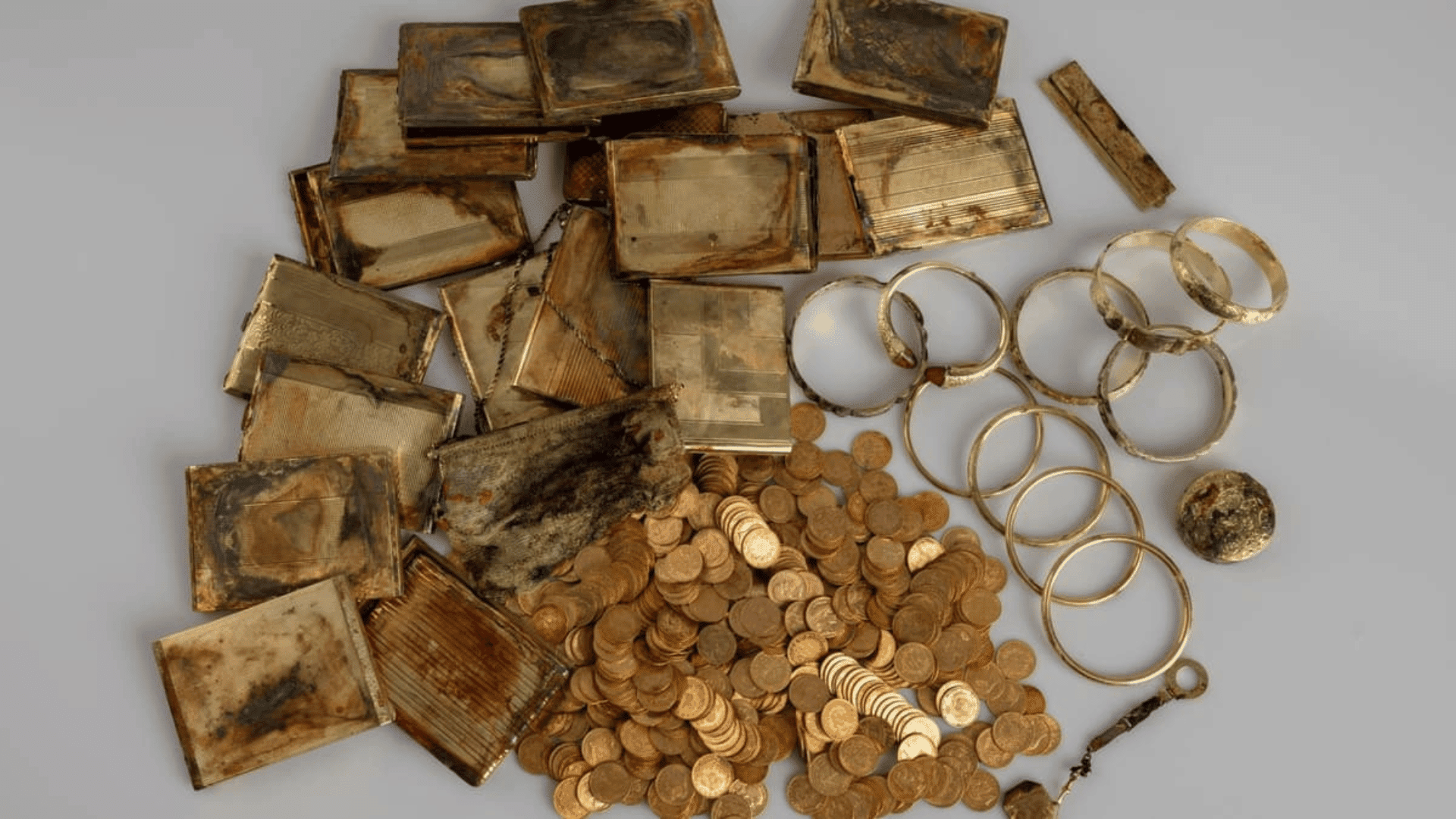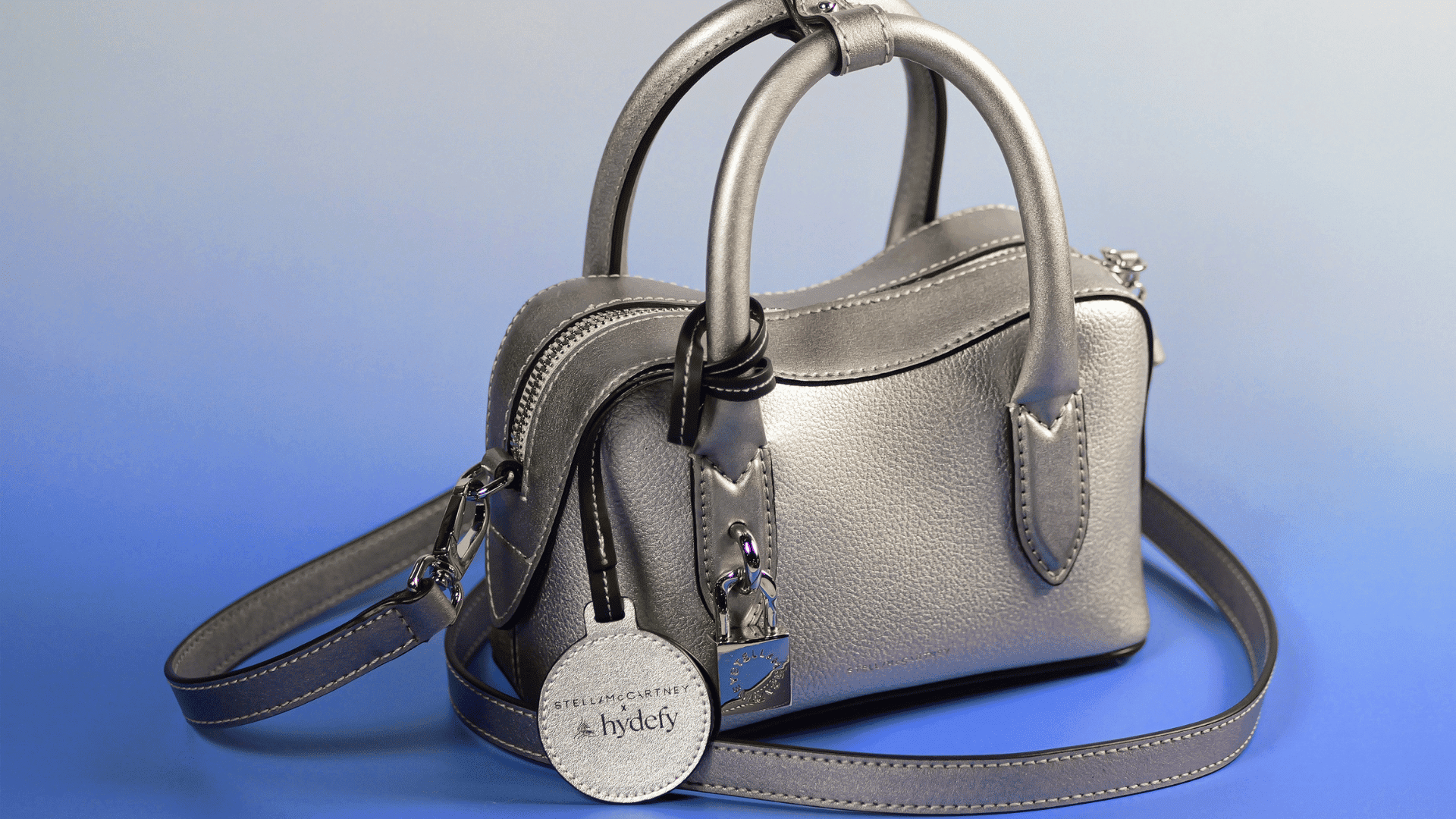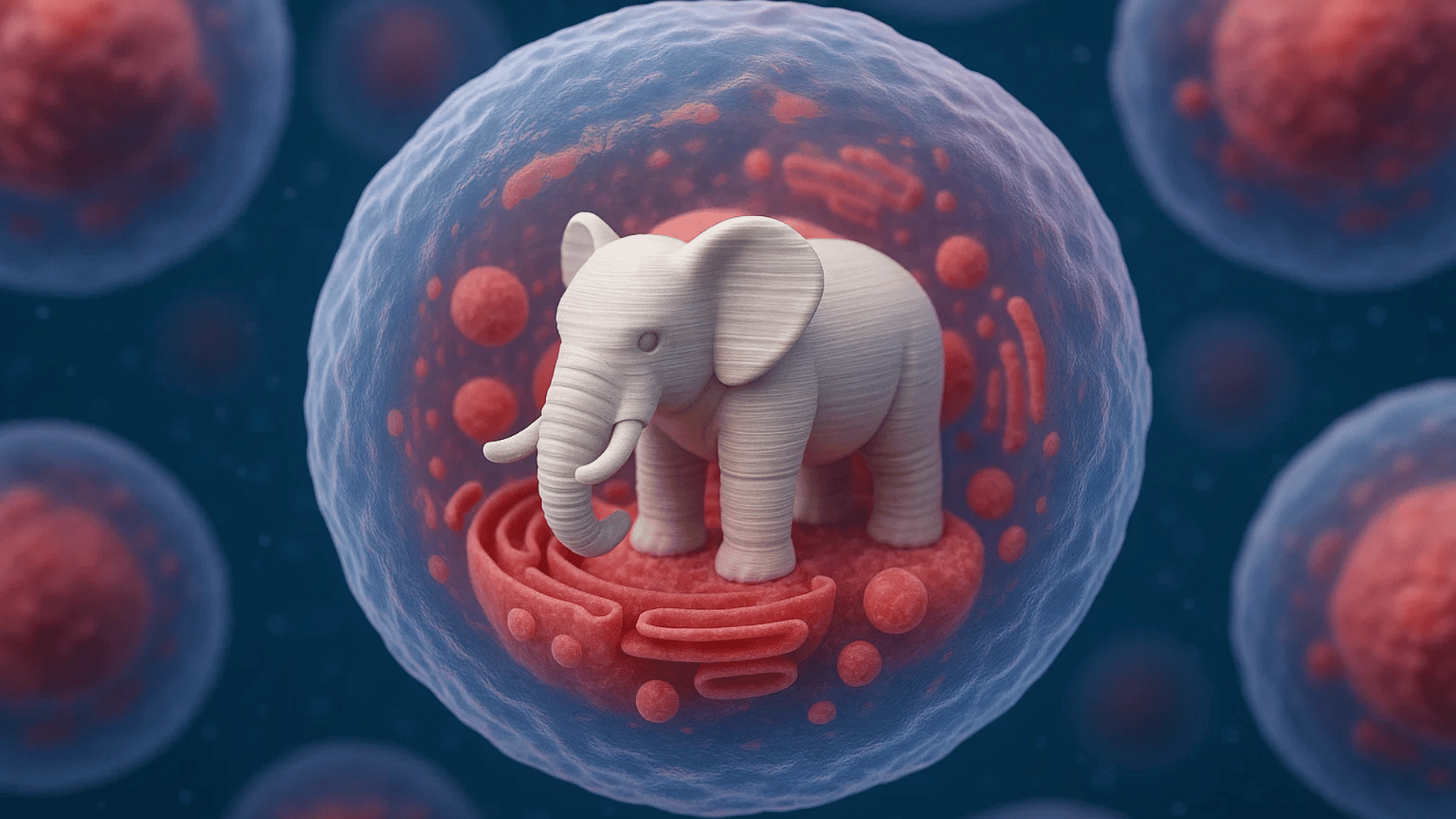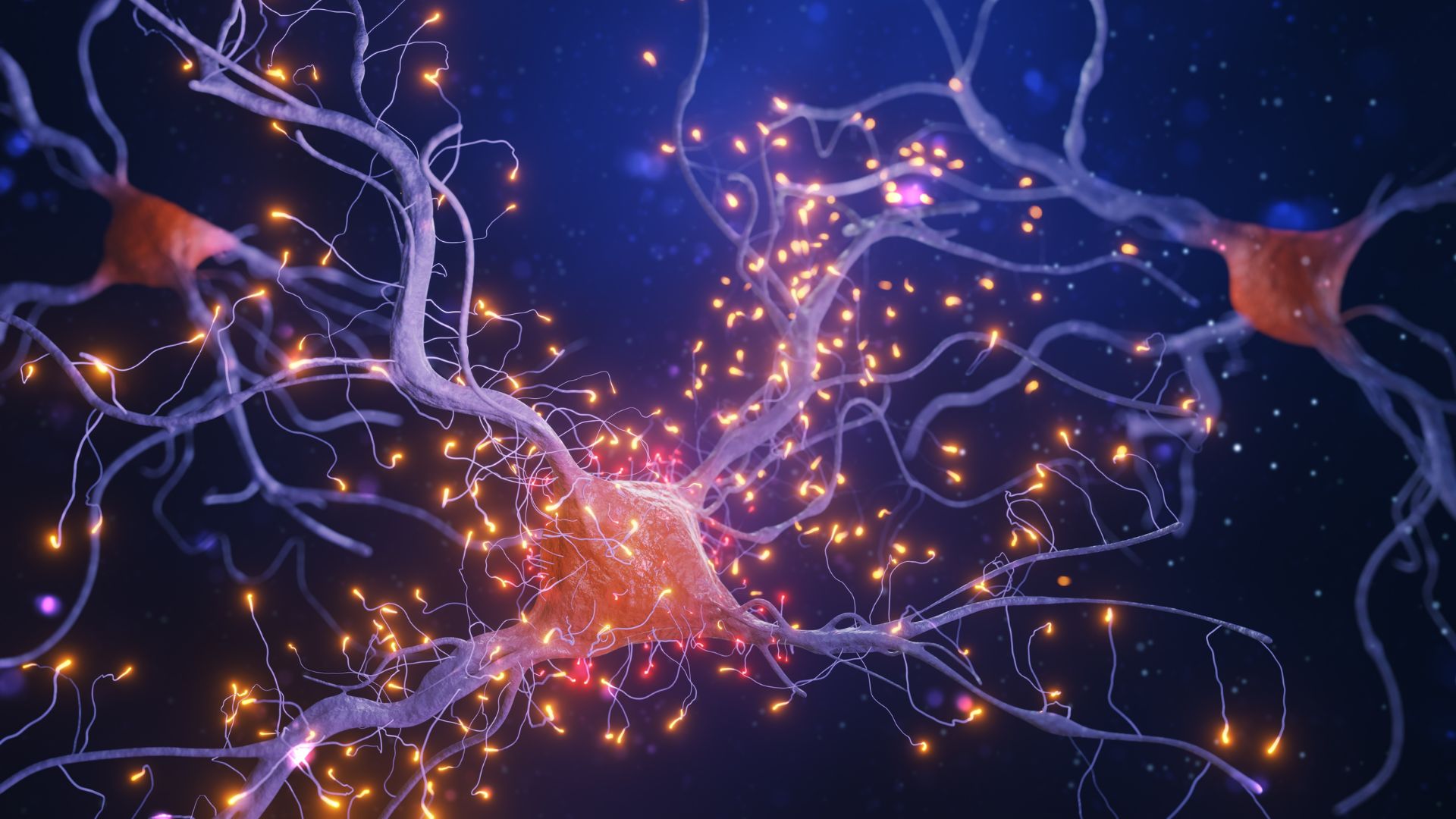Two hikers traversing the Krkonoše Mountains (Giant Mountains) in the Czech Republic accidentally discovered almost 600 gold coins estimated to be worth $340,000.
Gold Treasure Unearthed

The hikers noticed an aluminum jar partly exposed in a shaft and, upon approaching the item, they found 598 gold coins arranged in 11 columns and wrapped in black fabric. After further surveying the area, the hikers also found other artifacts, including 10 bracelets, a powder case, a fine wire mesh bag, 16 tobacco bags, and a chain with a key.
When the artifacts were taken to the Museum of East Bohemia, they were declared to have an estimated value of $340,000. This estimate was based on the intrinsic worth of the metals, rather than the face value of the currency.
The coins originally date back to a period between 1808 and 1915, though this doesn’t necessarily mean that’s when the coins were buried. According to Interesting Engineering, local news outlets reported that experts believe the coins have been buried for over a century.
The Museum of East Bohemia announced the discovery via Facebook. According to Miroslav Novák, the Head of the Archaeological Department of the Museum of East Bohemia Králové in Hradec, this is a unique finding: “To store valuable objects in the ground in the form of treasures, so-called. Depots have been a common practice since prehistoric times. At first, religious movements were more common, later it was property stored in uncertain times with the intention of returning later for it. This finding is avoided by an unusually large weight of precious metal. “
Keeping this in mind, experts believe that the owner buried the gold sometime after 1921 with the intention of returning to claim the treasure. Though the identity of this person or group remains a mystery, it’s safe to assume that they were burying the gold for safekeeping.
“Sometime after 1921, they must have been re-stamped in local mints, and only later, under unknown circumstances, did they make their way from former Yugoslavia to our country. What is certain, though, is that in 1921, at least part of these coins couldn’t have been on our territory. They must have still been in the Balkans at that time,” explained Mr. Vojtěch Brádle, museum numismatist.
Archaeologists are currently examining the gold treasure to see if they can unravel any other aspects of this mysterious find.
“Overall, it can be said that within the framework of domestic finds, this composition is a very specific set because most of it consists of coins of French origin, and in addition to Austrian-Hungarian coins, it also includes Belgian and Ottoman coins. On the contrary, German and Czechoslovak coins are completely missing,” Miroslav Novak added in the museum’s Facebook statement.







